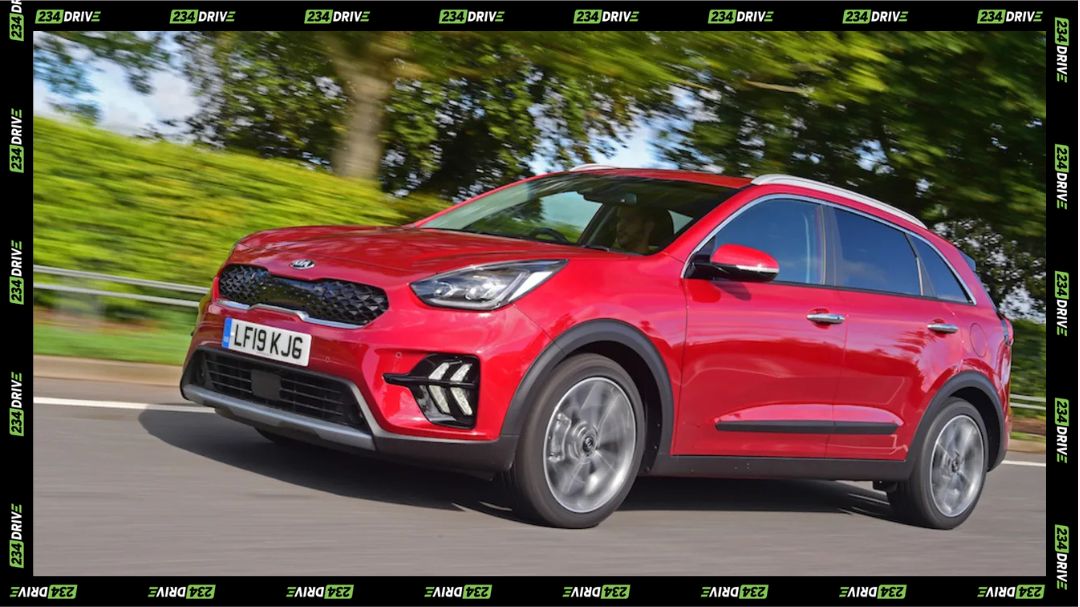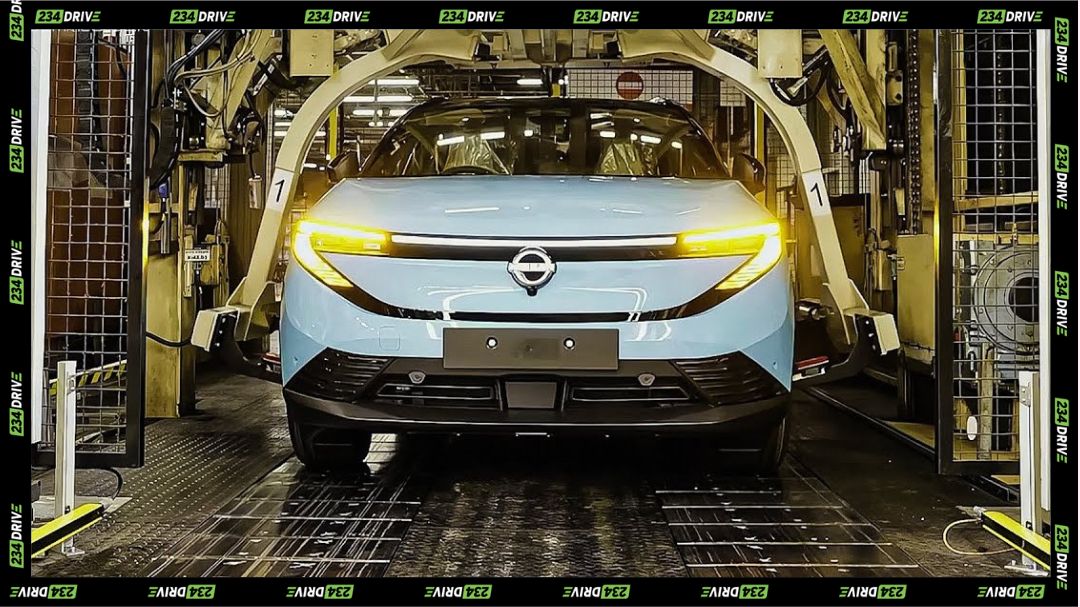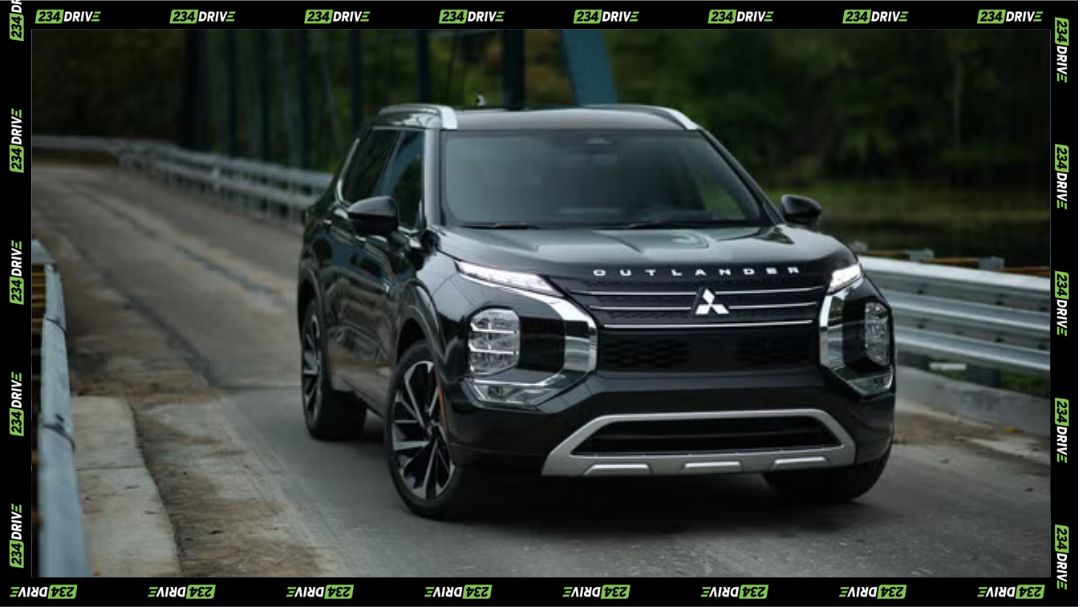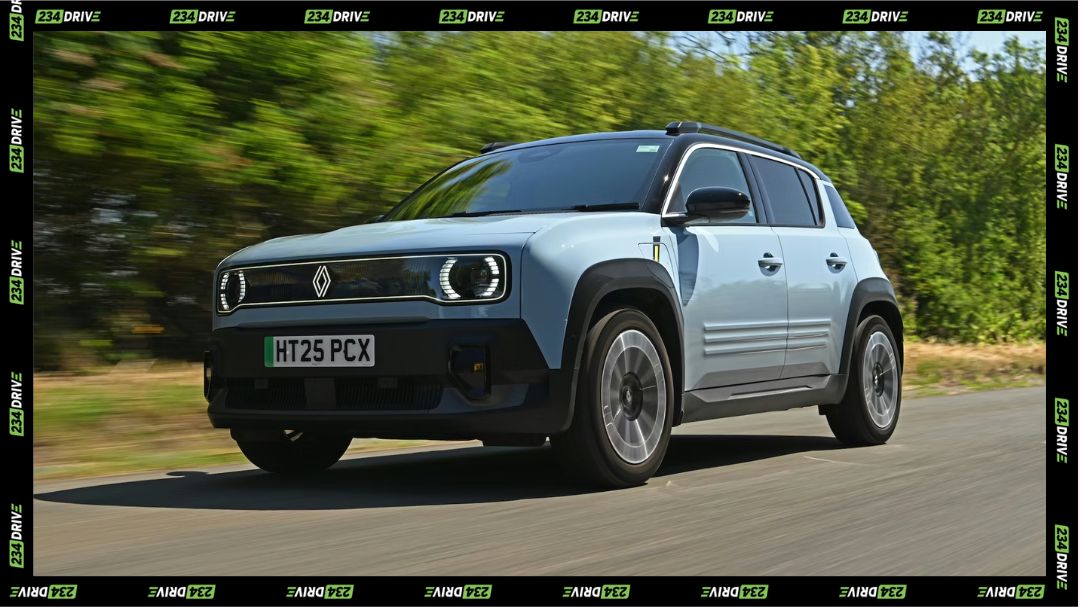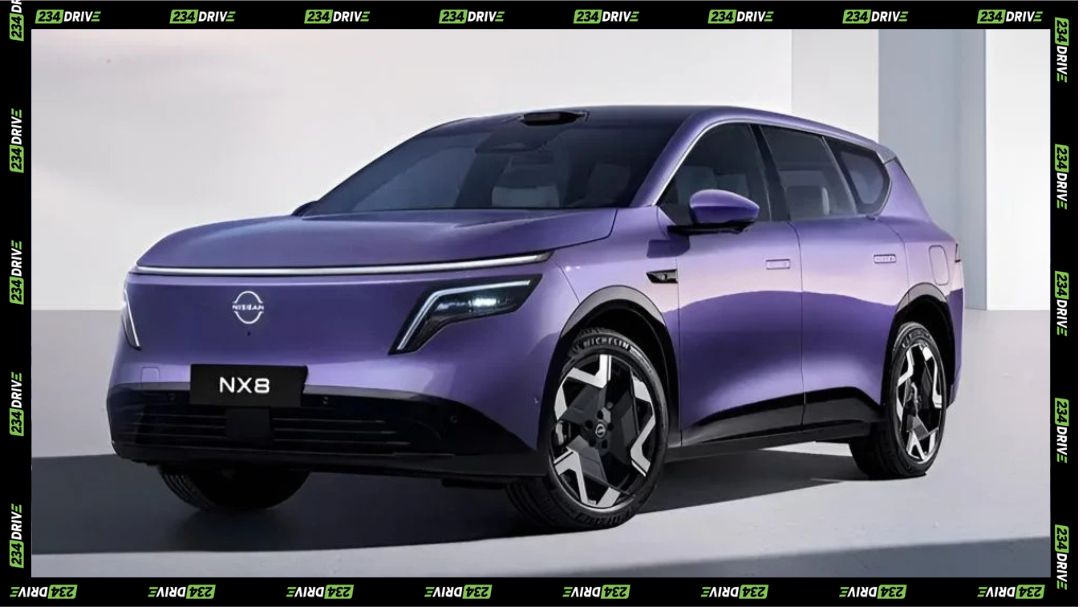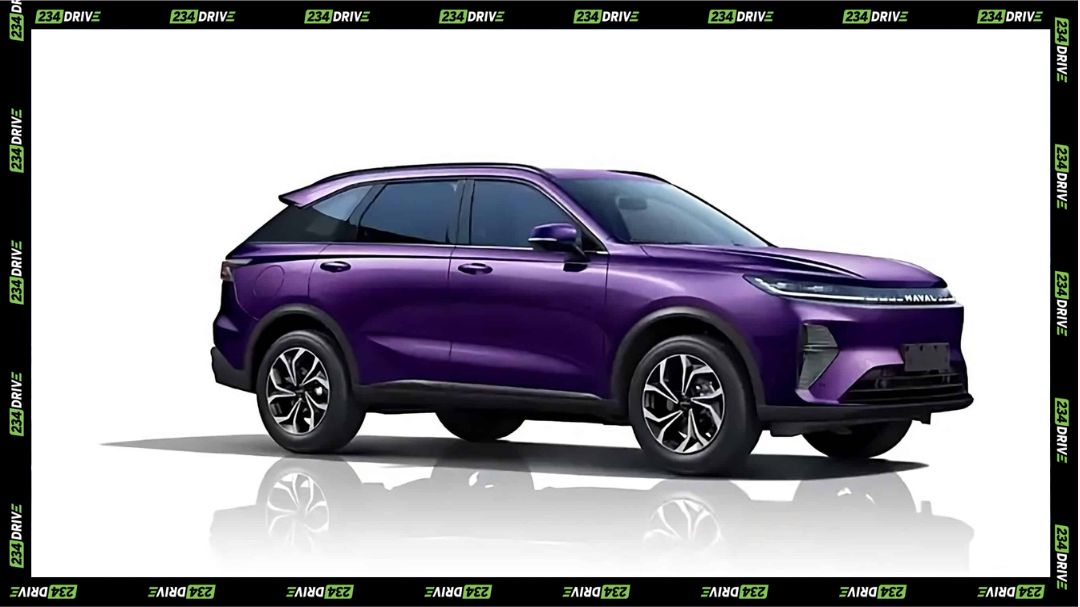Electric vehicles (EVs) are zooming into the mainstream, and it’s not just about saving the planet. It’s about cool tech, smooth rides, and leaving gas stations in the rearview mirror. As more people ditch gas guzzlers, some countries are way ahead of the curve in embracing the electric revolution. But which ones?
Today, we’re ranking the top 5 countries with the highest EV adoption rates. You might be surprised by who made the list! This information comes from a recent Yahoo Finance article that dives into the nations leading the charge in electric vehicle adoption.
The EV Landscape: A Global Snapshot
The global EV market is revving up, driven by a mix of factors. Governments worldwide are rolling out incentives, like tax breaks and subsidies, to make EVs more affordable. Plus, there’s a growing awareness of the environmental benefits of electric cars and the development of better charging infrastructure. Understanding which countries are leading the pack can give us a glimpse into the future of transportation.
Unveiling the Top 5 EV Leaders
We’re focusing on the top 5 countries that have truly embraced electric vehicles. We’ll explore the unique strategies and circumstances that have propelled them to the forefront of the EV movement. Let’s jump into the countdown.
#1: Norway – The Undisputed King of EVs
When we think of countries that have embraced electric vehicles, Norway definitely comes to mind. Norway is the undisputed king of EVs. The country has made a massive commitment to electric mobility, and it shows.
Norway’s success comes down to a few key things:
- Generous Government Incentives: Norway sweetens the deal for EV buyers with a range of financial perks. We’re talking tax exemptions, reduced road tolls, and even free parking! It’s almost too good to pass up.
- Extensive Charging Infrastructure: You won’t have to worry about running out of juice in Norway. Charging stations are widespread throughout the country, making it easy to keep your EV powered up.
- High Public Awareness: Norwegians are big believers in EVs and sustainable transportation. There’s strong public support for making the switch to electric.
It’s no wonder that Norway has such an impressive EV market share. According to recent data, electric vehicles make up a huge percentage of new car sales in Norway.
The video host said it best: “Norway is number one!” It’s no surprise to us.
Why Norway Leads the Way: A Deeper Dive
So, what makes Norway such an EV powerhouse? A combination of political will, economic factors, and environmental consciousness all play a role.
- Political Will: The Norwegian government is serious about reducing emissions and has implemented policies to support EV adoption.
- Economic Factors: Norway’s wealth, thanks in part to its oil fund, allows it to invest heavily in sustainable initiatives.
- Environmental Consciousness: Norwegians are known for their strong environmental awareness and commitment to a green future.
Norway’s geography also plays a part. Its small size and concentrated population make it easier to build and maintain a comprehensive charging network.
#2: Iceland – Geothermal Energy Powering the EV Revolution
Iceland, the land of fire and ice, comes in at number two. What makes Iceland so special? It’s their reliance on renewable energy, particularly geothermal.
Geothermal energy, harnessed from the Earth’s heat, powers most of Iceland’s electricity grid. This means that driving an EV in Iceland is about as environmentally friendly as it gets.
Several factors drive EV adoption in Iceland:
- Renewable Energy Abundance: Iceland has a plentiful supply of clean, affordable electricity thanks to its geothermal resources.
- Government Support: The Icelandic government offers incentives and policies to encourage EV ownership.
- Environmental Awareness: Icelanders have a strong connection to their natural environment and are committed to protecting it.
Iceland boasts a significant EV market share, with electric vehicles making up a large portion of new car sales.
When the video host learned that Iceland was number two, they were clearly taken by surprise.
Iceland’s Green Advantage: Renewable Energy and EVs
Iceland’s renewable energy sources and its EV adoption create a powerful synergy. Using geothermal energy to power EVs minimizes the environmental impact of transportation. Iceland is also making strides in promoting sustainable tourism and reducing its overall carbon footprint.
#3: Sweden – A Pioneer in Electric Mobility
Sweden, another Scandinavian nation, lands at number three. Sweden has been a long-time advocate for electric vehicles. In fact, they were experimenting with electric car technologies way back in the 1990s!
Sweden has taken a proactive approach to promoting EVs:
- Government Grants and Subsidies: Sweden offers financial assistance to EV buyers through grants and subsidies. The video mentioned that Sweden helps cover 50% of the expenses to make an electric car work!
- Investment in Charging Infrastructure: Sweden has invested heavily in charging infrastructure, with charging stations available in both urban and rural areas.
- Collaboration with Automakers: The Swedish government collaborates with automakers to develop and promote EVs.
Sweden’s EV market share is impressive, with electric vehicles accounting for a significant percentage of new car sales.
Sweden’s Sustainable Policies: A Model for the World?
Sweden’s success in EV adoption can be attributed to its sustainable policies.
- Carbon Tax: Sweden’s carbon tax incentivizes the adoption of cleaner transportation alternatives.
- Investment in Public Transportation: Sweden has invested in improving public transportation to reduce reliance on private vehicles.
- Promoting Sustainable Lifestyles: Sweden focuses on education and awareness campaigns to encourage environmentally friendly behavior.
#4: Denmark – Embracing Electric Mobility in Scandinavia
Denmark, completes the Scandinavian domination of the top 5, coming in at number four. Denmark shares similar values and collaborative efforts with its Scandinavian neighbors when it comes to promoting sustainable transportation.
Denmark’s key strategies include:
- Government Subsidies and Tax Breaks: Denmark provides financial incentives for EV purchases through subsidies and tax breaks.
- Investing in Public Charging Infrastructure: Denmark is continuously working to expand its charging network across the country.
- Promoting Cycling and Public Transportation: Denmark is known for its commitment to sustainable urban planning and transportation, with a focus on cycling and public transportation.
Denmark’s EV market share is steadily growing, with electric vehicles becoming increasingly popular among consumers.
Denmark’s Integrated Approach: EVs and Sustainable Urban Planning
Denmark integrates EV adoption with broader sustainable urban planning initiatives. The country focuses on creating bike-friendly cities and prioritizing public transportation. These efforts contribute to a more sustainable and livable urban environment.
#5: Finland – Tax Exemptions Fueling EV Growth
Finland rounds out the top 5. Finland has taken a unique approach to promoting EV adoption through tax exemptions.
These tax exemptions have had a significant impact on EV sales and market growth in Finland.
Key factors driving EV adoption in Finland include:
- Government Incentives: Tax exemptions play a crucial role in making EVs more affordable for consumers.
- Growing Charging Infrastructure: Finland is expanding its charging infrastructure to support the growing number of EVs on the road.
- Environmental Awareness: There’s a growing concern for climate change and a desire for sustainable transportation options among Finnish citizens.
Finland’s EV market share is on the rise, with electric vehicles gaining popularity among consumers.
Finland’s EV Strategy: A Focus on Affordability
Finland’s tax exemption policy makes EVs more accessible to a wider range of consumers. This strategy could be adopted by other countries seeking to accelerate EV adoption.
The Surprising Omission: China’s EV Market
The video host was surprised that China wasn’t in the top 5, and we can understand why. While China has the largest EV market in terms of total sales, its adoption rate (percentage of EVs compared to total vehicles) is lower than the top 5 countries. China is currently ranked number eight.
However, China’s EV market is growing rapidly, and we expect to see them climb the ranks in the future.
Beyond the Top 5: Honorable Mentions
While the top 5 countries are leading the charge, several other nations are making significant strides in EV adoption. Germany, the UK, and France are all making progress in increasing their EV market share.
Common Threads: What Makes These Countries EV Leaders?
What do the top 5 countries have in common? Several factors contribute to their EV success:
- Strong Government Support: Incentives, policies, and infrastructure investments are crucial for driving EV adoption.
- High Environmental Awareness: Public awareness and concern for climate change play a significant role in promoting EV adoption.
- Economic Prosperity: Economic factors influence a country’s ability to invest in sustainable transportation.
- Access to Renewable Energy: Renewable energy sources can enhance the environmental benefits of EVs.
Challenges and Opportunities for EV Adoption
Despite the progress being made, EV adoption still faces challenges:
- High Purchase Price: EVs can be expensive, which can be a barrier for many consumers.
- Limited Range: Range anxiety, or the fear of running out of battery, is a concern for some drivers.
- Charging Infrastructure Gaps: More charging stations are needed, especially in rural areas.
- Battery Production and Disposal: There are environmental concerns associated with battery production and disposal.
However, there are also many opportunities for future EV growth:
- Technological Advancements: Battery technology is improving, leading to longer ranges and lower production costs.
- Policy Support: Continued government incentives and regulations can help drive EV adoption.
- Consumer Education: Educating consumers about the benefits of EVs can increase demand.
The Future of Electric Vehicles: A Glimpse into Tomorrow
What will the future of electric vehicles look like? We can imagine a world where EVs are the norm, and our cities are cleaner and quieter. Autonomous driving, shared mobility, and smart grids could all play a role in shaping the future of transportation.
The video host even mentioned incentives in Nigeria for buying an EV. We want to know, have you heard about this?
What Do You Think?
We’ve explored the top 5 countries with the most electric vehicles. Now we want to hear from you! What do you think of the list? Were you surprised by any of the countries on the list? Let us know in the comments below.
What do you think, will EVs take over the world?



